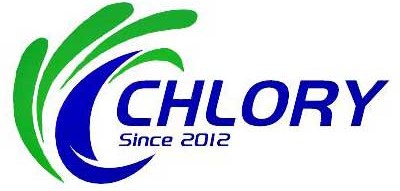Resin adsorption technology is considered as a potential solution in wastewater treatment because of the advantages of resin materials such as large specific surface area, high adsorption efficiency and recyclability. When treating specific types of wastewater, resins can selectively adsorb specific harmful substances, such as heavy metal ions, organic pollutants and pigments.
Recent studies have shown that resin adsorption technology has been applied to a variety of wastewater treatment scenarios. For example, studies have focused on the purification of alkylenone dimer (AKD) by-product wastewater by resin adsorption-NACLO oxidation method, which can effectively reduce the ammonia nitrogen (NH4+) concentration and total organic carbon (TOC) content in wastewater, so that the treated wastewater indicators meet the requirements of brine electrolysis, thereby improving energy efficiency. In addition, as a new adsorption material, macroporous resin has also shown remarkable effects and prospects in wastewater treatment, and its adsorption, exchange and catalytic properties can effectively remove organic substances and metal ions in wastewater.



Purification of AKD wastewater by resin adsorption of sodium hypochlorite oxidation
Experimental steps:
Resin adsorption: The resin column was filled with 20g wet base resin liquid storage balls and added AKD wastewater. The wastewater flowed through the resin column from top to bottom at room temperature with a flow rate of 2 to 3 BV/h. When 100 BV was adsorbed, samples of wastewater adsorbed by resin were taken and the total NH4+ concentration was tested.
Chemical oxidation: Add the wastewater adsorbed by resin into the reaction bottle, adjust the pH of the system with HCI, add a certain amount of oxidizer to react at a certain temperature and time, and finally sample and test the TOC of the wastewater.
The results show that:
In the first step, after the adsorption treatment of AKD wastewater by LS-200 resin, the total NH4+ concentration is less than 4 mg/L, and the wastewater treatment capacity is 500 BV(bed volume). In the second step, the chemical oxidation adopts the single factor optimization method to determine the optimal reaction conditions as the oxidizer NaCIO, the dosage is 0.5%, the pH is 3.0, the reaction temperature is 60 ℃, the reaction time is 0.5 h, and the total organic carbon (TOC) in the wastewater is less than 10 mg. After treatment, the index of AKD wastewater meets the requirements of brine electrolysis, and effectively improves the energy utilization efficiency.
If you want to experiment more about the possibility of oxidizing sodium hypochlorite solution, you can buy our BLUEWAV sub-sodium equipment, so that you can prepare on-site, ensure the accuracy of the experimental concentration, short-term non-volatilization.
The article is reprinted from Zhejiang Chemical Industry, Volume 55, Issue 4, 2024.
